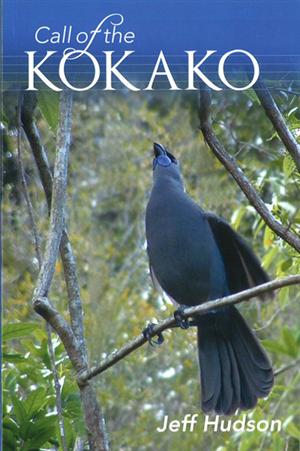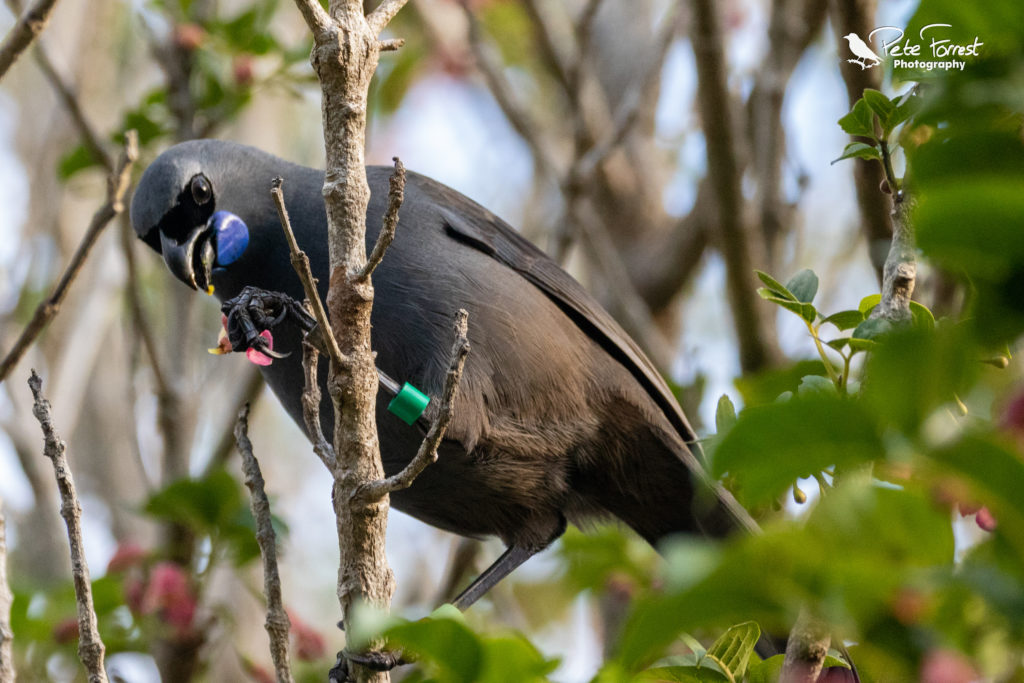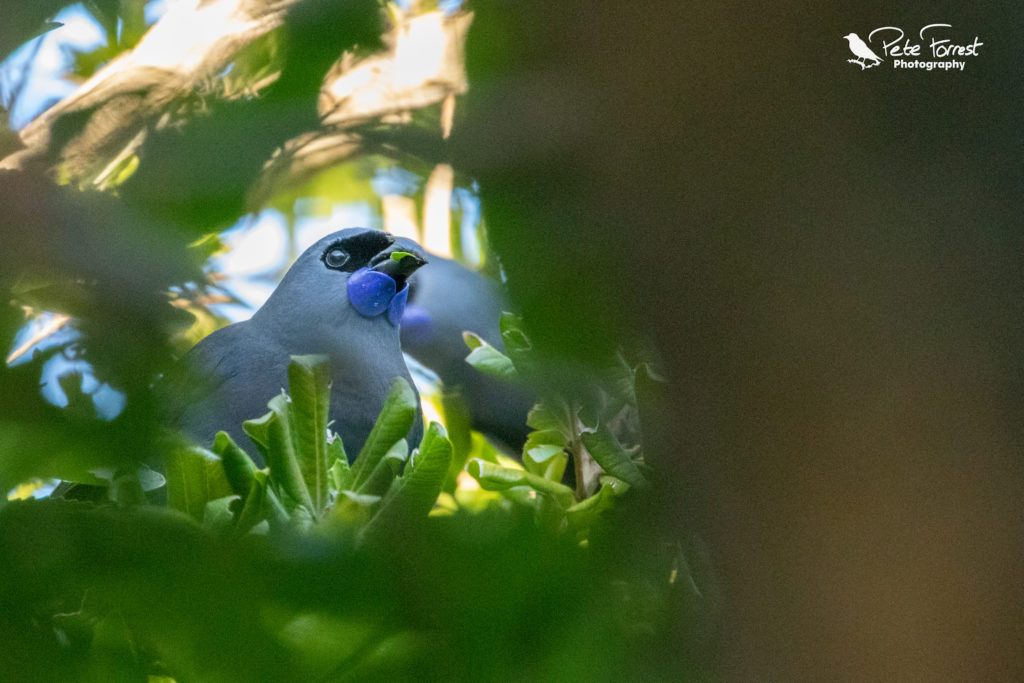Wow! Is this book an inspiration or what! Call of the Kokako by Jeff Hudson has been on my shelf for a while and yesterday I picked it up to read on my commute and could not put it down. Any spare moment I found during the day I carried on reading this book and had finished it that evening.

Jeff Hudson was one of the leading figures in Kokako conservation and recovery until his death in 2007. He wrote this autobiographical account of his work in his final years. He had no formal training in conservation; however, his passion and love for the bird meant he spearheaded their recovery. This passion shines throughout the book and makes for an inspiring account.
As a possum fur trapper, he gained a love for the Kokako. When he noticed their numbers were in a considerable decline in the Te Urerewa range, he petitioned theDepartment of Conservation (DOC) to do something about it. They hired him and a couple of other ex-trappers to survey and manage the population. It was through Jeff’s understanding of the birds that he brought them back from the brink of extinction in the range. Learning that possums were the reason why Kokako chicks weren’t surviving drove him to wipe out the possum population. Within one year he more than doubled the number of Kokako in the area, from 8 pairs to 20 pairs. There are now well over 600 Kokako in the range 30 years later. This is the largest single population of Kokako in New Zealand.

His account also talks about how he worked with the iwi and DOC throughout his journey. This insight into the change of culture between government and Māori over the years is interesting on its own. It also shows that through understanding and including different cultures you can do great things.
Jeff was a pioneer and the number of new techniques that he collaborated with others to come up with is astounding. Ways to track the birds, survey them, record their territories, and translocate them successfully. On top of all this, he was also a skilled writer.
The book is packed full of his in-depth knowledge on the Kokako. For example, did you know the Kokako are one of the few birds that form male-male pairs? Kokako need to be able to hold a territory to make sure they have a claim to a good food source. A single male Kokako may find this difficult alone so it will team up with another male Kokako if it can’t find a mate to hold a territory between them. Did you also know that each pair forms its own unique song between them? Kokakos don’t sing their whole song but instead, work as a team alternating who is singing to form a single song. Each pair will have a different song; neighbouring territory pairs will have similar songs but the further you go the more different they will be.

A pair of Kokako eating their favourite leaves – Houpara
This book is full of interesting facts like that and told in such a way that far surpasses my storytelling skills. Go and find a copy of this book to read yourself. As for me, I’m now going to go read the whole thing again.
Leave a Reply